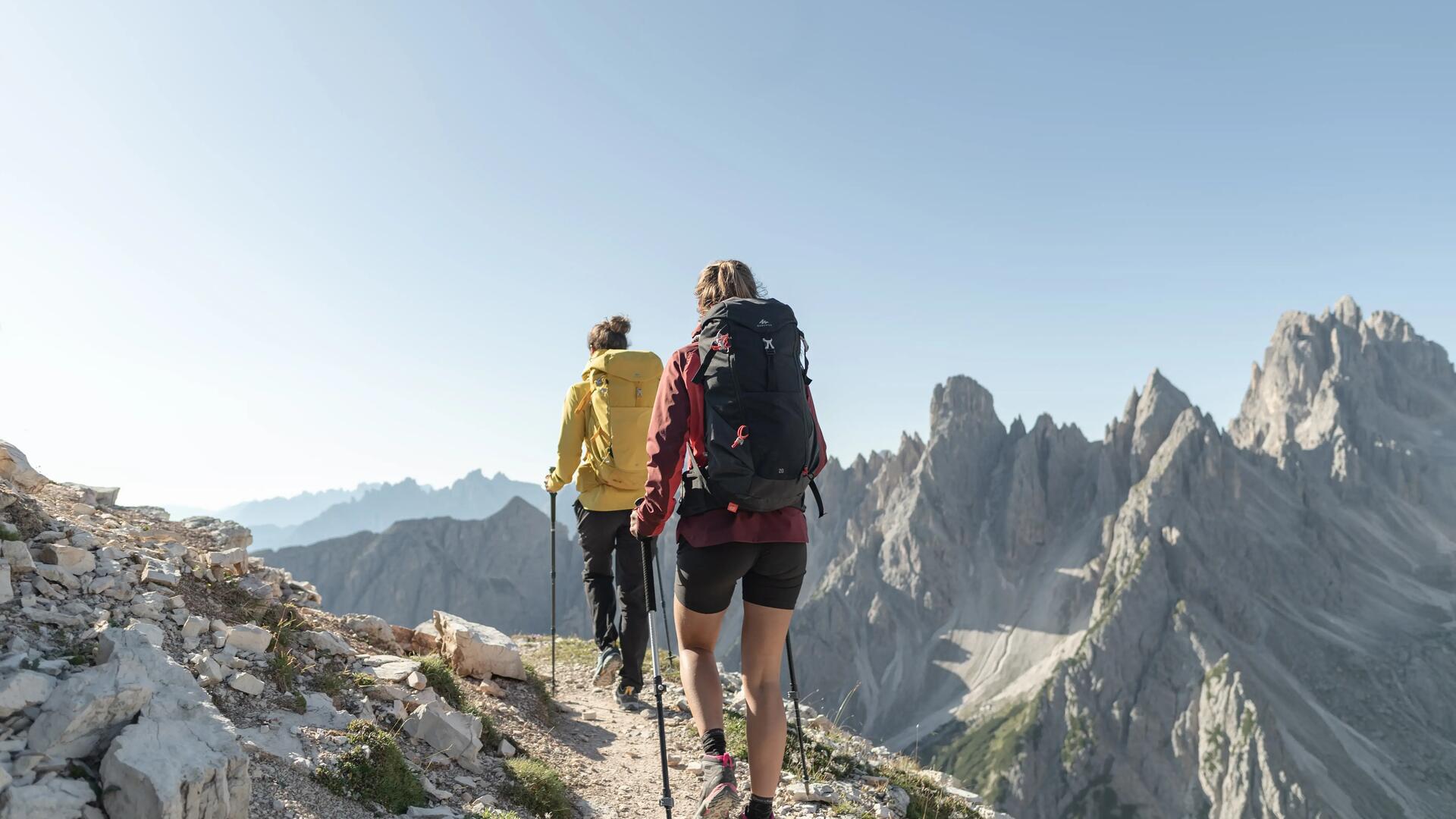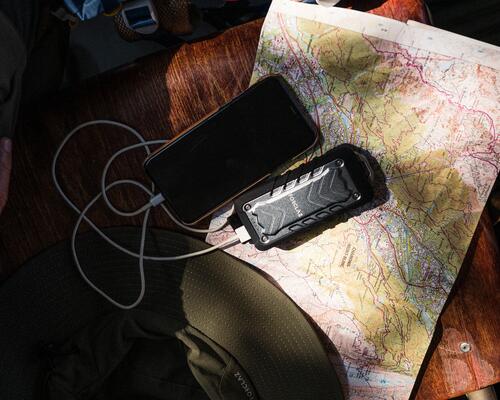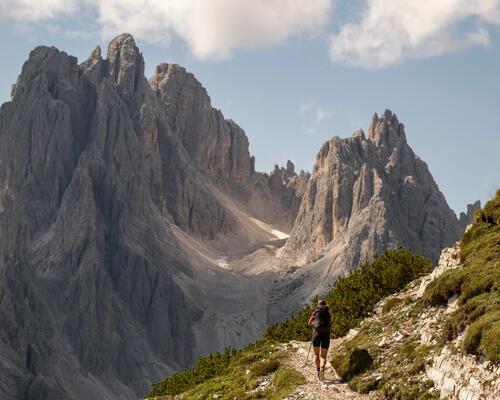Explanations and symptoms
With altitude, the level of oxygen available in the air decreases. The reduction in air pressure and lower oxygen levels can cause the body to suffer: this is called mountain sickness (or Acute Mountain Sickness also called AMS).
It can occur when climbing in altitude too quickly or the passage of an altitude plateau poorly tolerated by the body. You may have symptoms in the form of headaches or hyperventilation and difficulty in making the slightest effort ; but can also go as far as cerebral or pulmonary edema.
The phenomenon does not generally start below 2000 meters, but certain factors (genealogy, age, physical condition, etc) can favour this phenomenon.








